November 4, 2018
Martha O'Kennon
Did I say the Euonymus was getting ever redder? Well, that was how it seemed last week. But a couple of days later the reddest bits started to change their color from red to pink and pink to brownish. In other words, we will have to wait till next year to see that explosion of color. In the meantime, we can still find the most wonderful colors in the buggies themselves. Most of the plants they seemed to enjoy most are themselves dry or gone.


Remember that there is information in the name of the file for each image. You can see it by mousing over the image - look at the lower left of the screen. Or you can click on the image to get to the (usually) larger image. Then the info is displayed in the address line above. Sometimes the second click will actually display a different view of the original image.
It's getting so that I can't tell ant from ant. This first one is the usual carpenter-sugar ant. The second may be the same species or it could just be the usual but stretched out loooonger. In picture 3, a Common House Spider has just nabbed an ant much larger than him/herself.

Good old Graphopsocus cruciatus - what a lovely barklouse. Each picture seems more natural than the ones before. In picture 2 below, I wonder if those tiny balls underfoot are frass (scat) or baby barklice. Or prey.

Here is another barklouse that we see more of each day. With a nomenclature that applies the word "fateful" to a tiny insect, I don't know if I will ever find out its species' name.
Number 4 looks like a barklouse nymph, maybe Metylophorus novaescotiae?
No bees. Not many beetles, but here (images 1 and 2) are Asian Lady Beetles. Last night I saw the first one indoors on the crown molding. Number three is a dead beetle, no clue. Number 4 is another of those "pink and black" Notoxus desertus.


On to Bugs. Here's a nice orangeish "Pale green assassin bug". I was wondering if the stuff stuck to the appendages is the remainder of a moult. Here is Drymus unus again. And following another individual as if some mating ritual is about to happen. The one being pursued doesn't seem as if he/she is happy about that idea. The pursuer has a kind of glyph on his/her abdomen in the triangle between the wings. In the fourth image, the pursuer is gaining on the pursued from the bottom of the leaf.
This leafhopper is of the genus Eratoneura. This second is a plant bug who looks a lot like the tarnished plant bug in #3. That is the end of my "bug" photos.

 10 31 18 1.jpg)
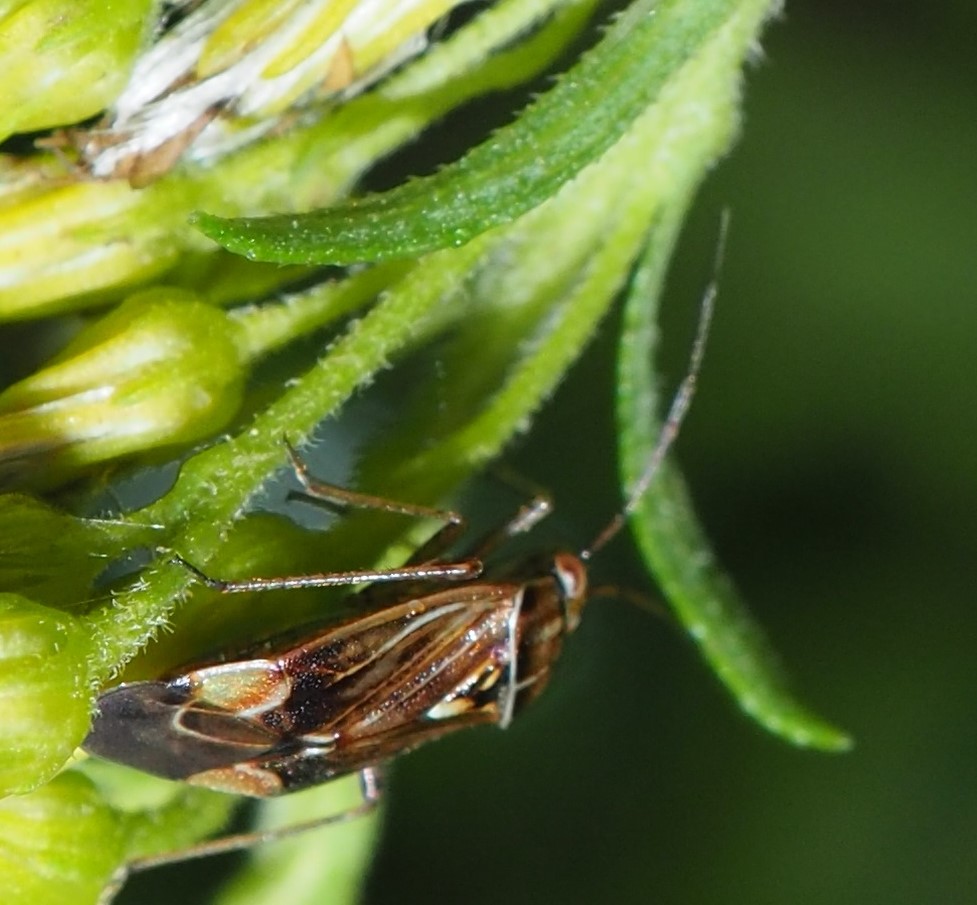
So that brings us to the flies. I like to call this one the Barn Owl Fly because of the shape of its eyes. The second says "gall midge", but I'm not sure of that either. Third is labeled "gnat" but who knows?
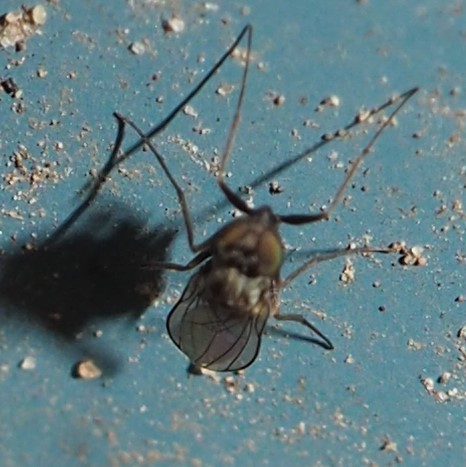
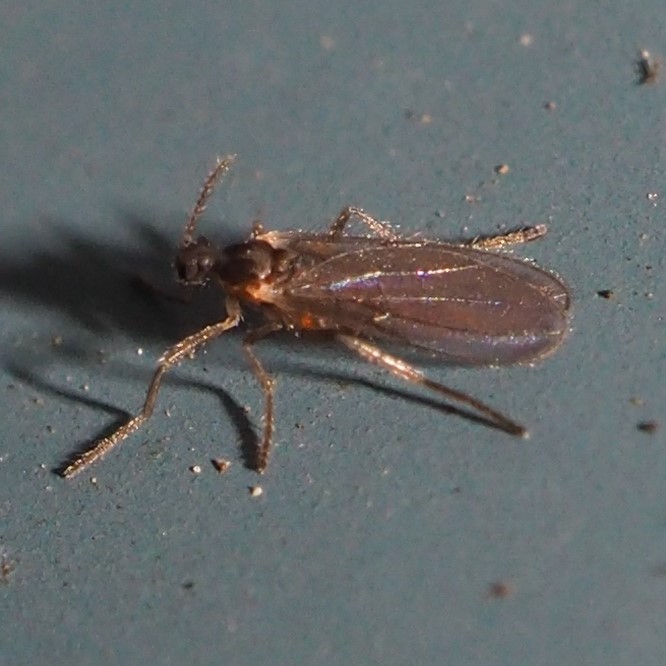
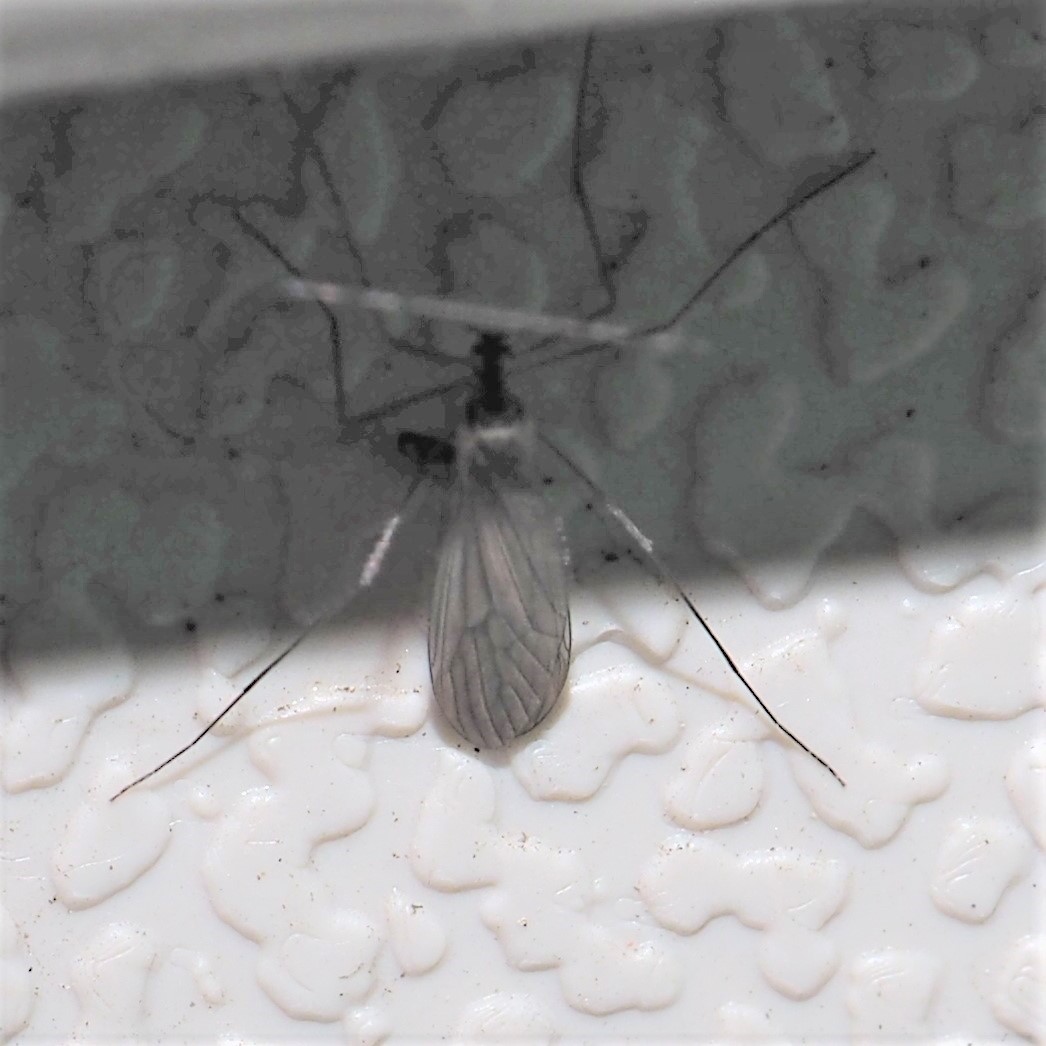
Some more cute flies. First one has lovely mint-green wings. The second is a Moth Fly in flight or preparing to take off. The third is a new one to me. I like the pattern on its wings.
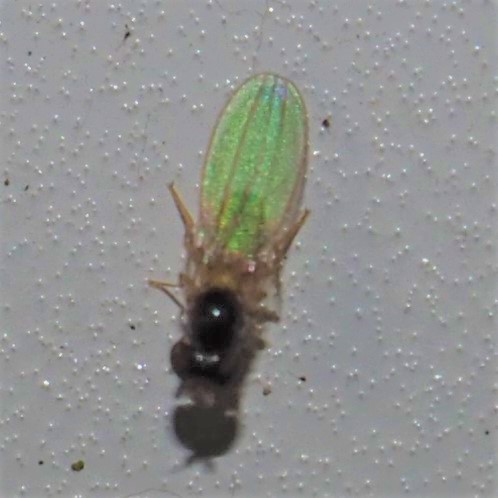
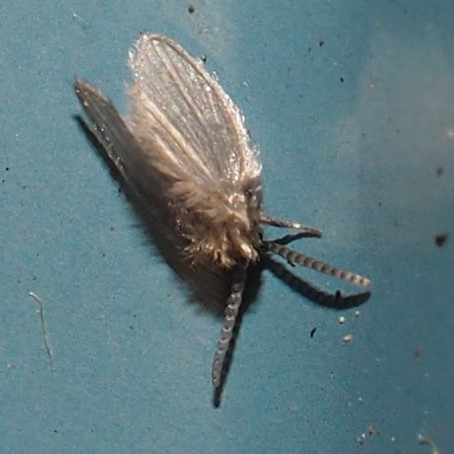
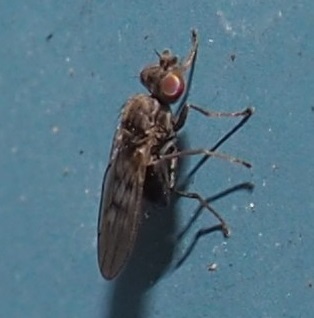
I don't have an ID for this attractive fly. But it was very cooperative and let me get a few nice shots. And here is the ONE harvestman I've seen, a baby one.

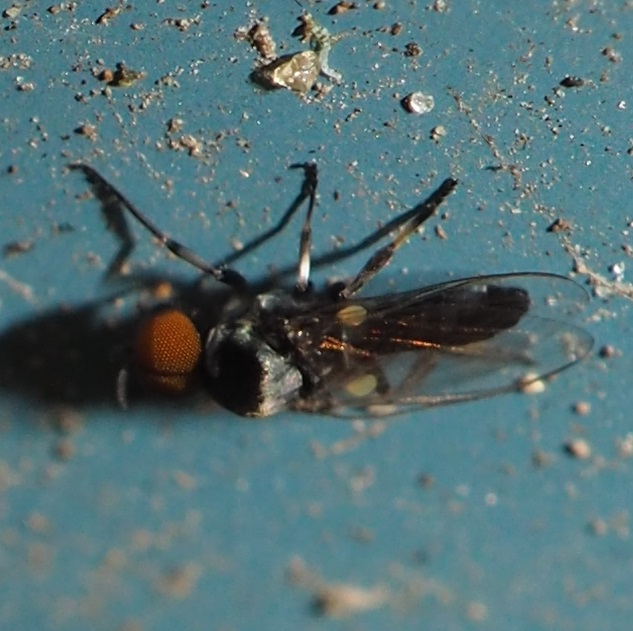
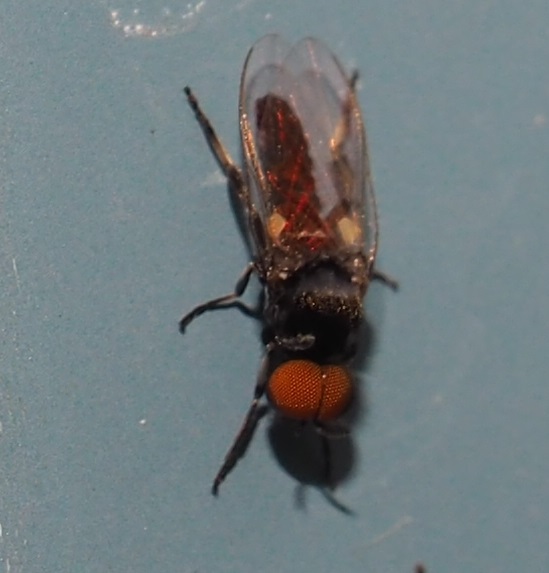
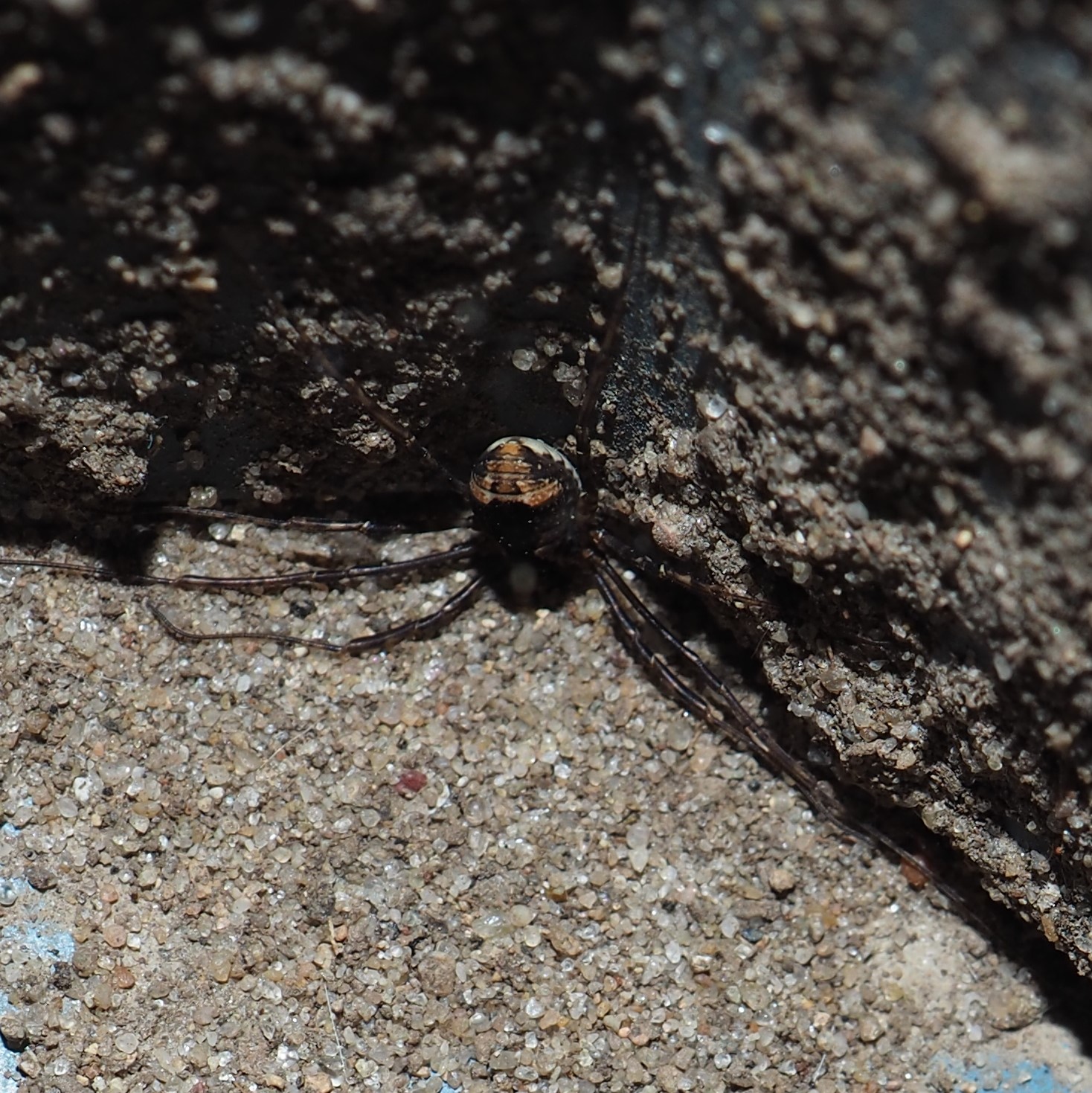
Here are a few more moths still in their larval cases. The third one looks to have gotten out of its case and is starting to straighten its wings.
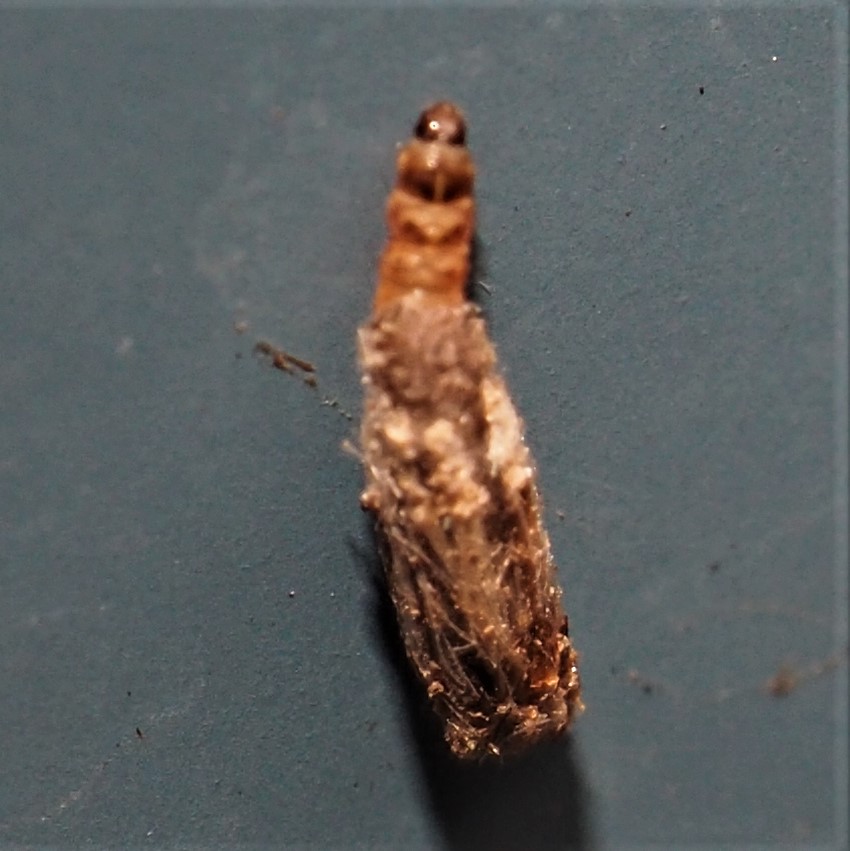
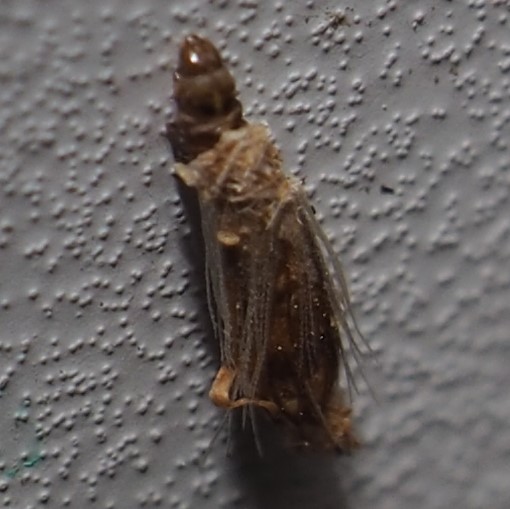
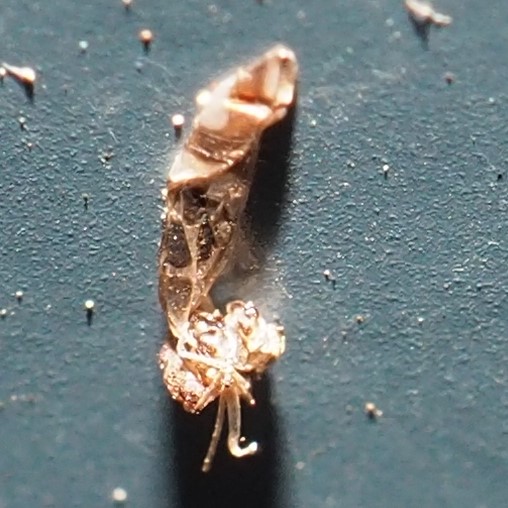
Let's look at what flower pictures there may be. The epimedium continues to deepen in color. The snowberries are rosy-red. And the asters continue to put out their fluffy seed heads to give for presents to people unaware of how much space one plant can take up. ;-)

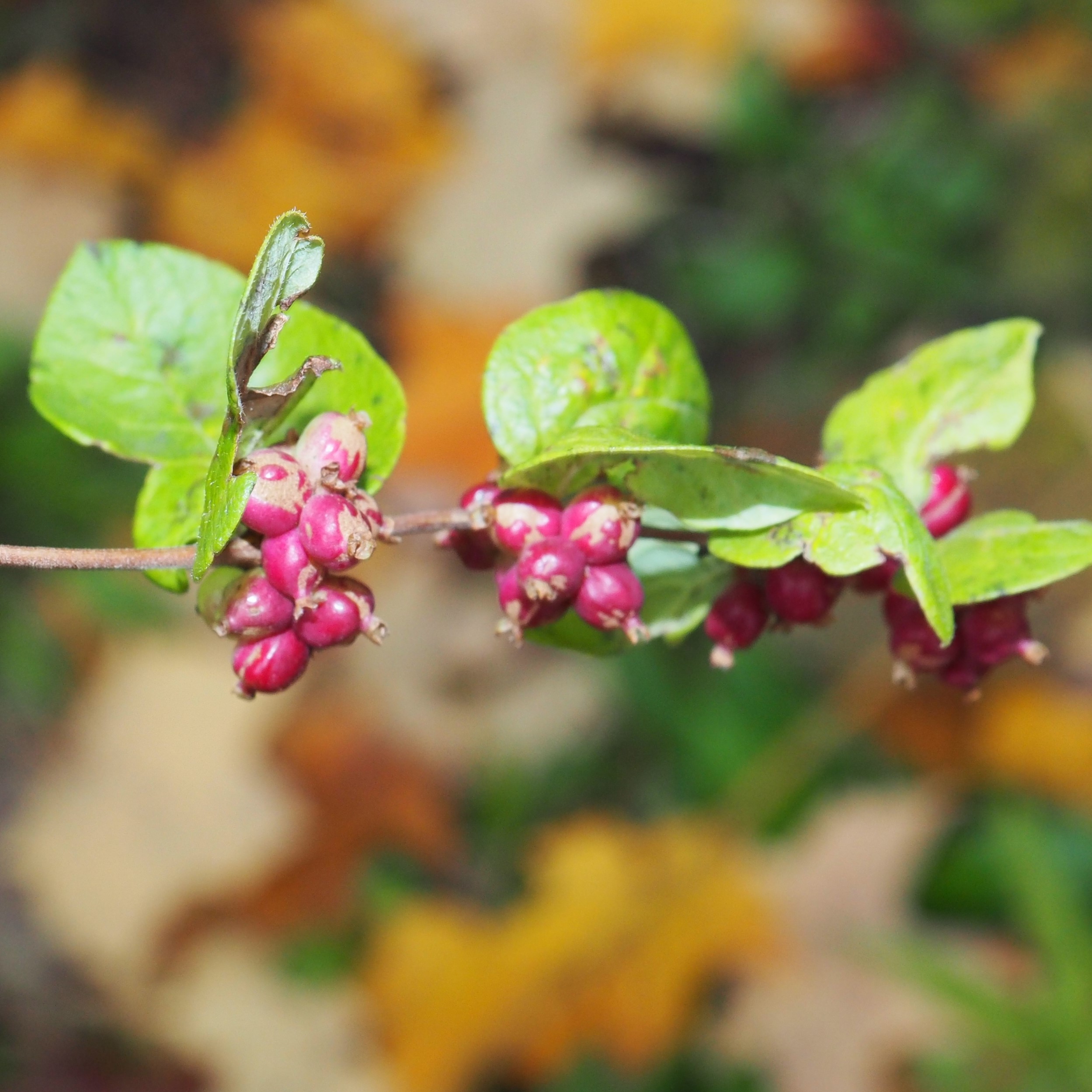

Here's a puzzle. I don't recognize this little fellow at all. But one of the interesting things about it is the GREEN critters inside it. Here are a few kinds of pillbugs too.
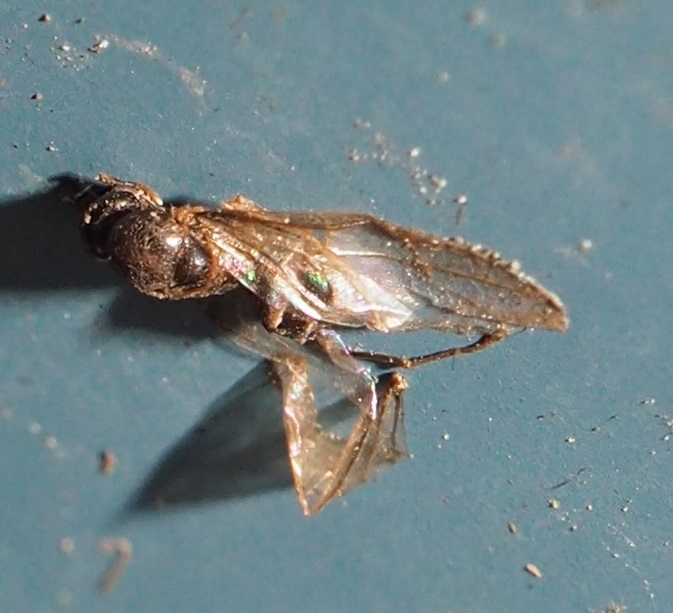


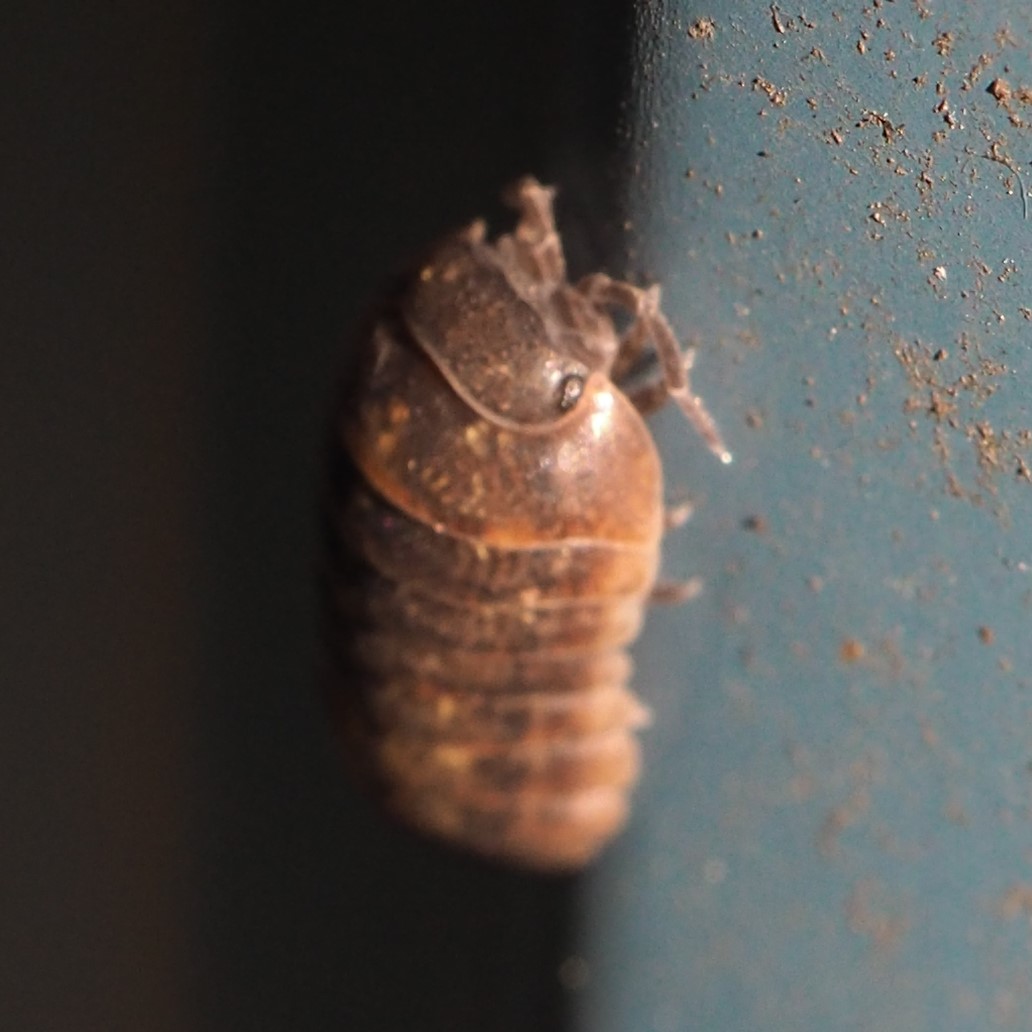
A few more little things. Isn't this snail gorgeous? Isn't THIS snail gorgeous? This little Common House Spider has an amazing ability to snatch and wrap up a prey bigger than the spider.

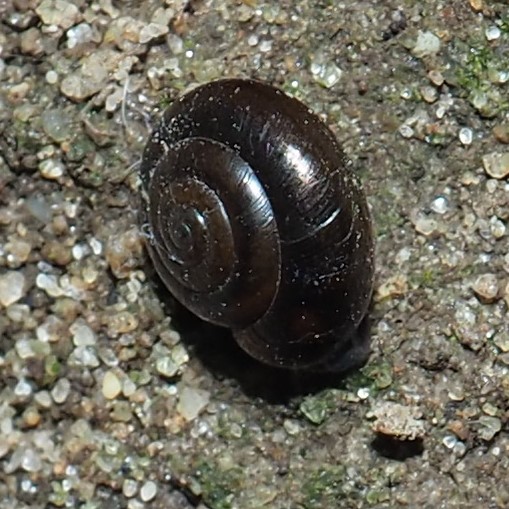

Did you like that skillful segue into the world of spiders? Our workshop has a great deal more CHS than any other kind of spider. That's why I always try to show you the outliers - the truly different models? This first one would be easy to call a CHS except for that furry coating. Next is a Trachelas tranquillus taken in the dark, which I first miscalled as a ghost or sac spider. Third is a nice Grass Spider.

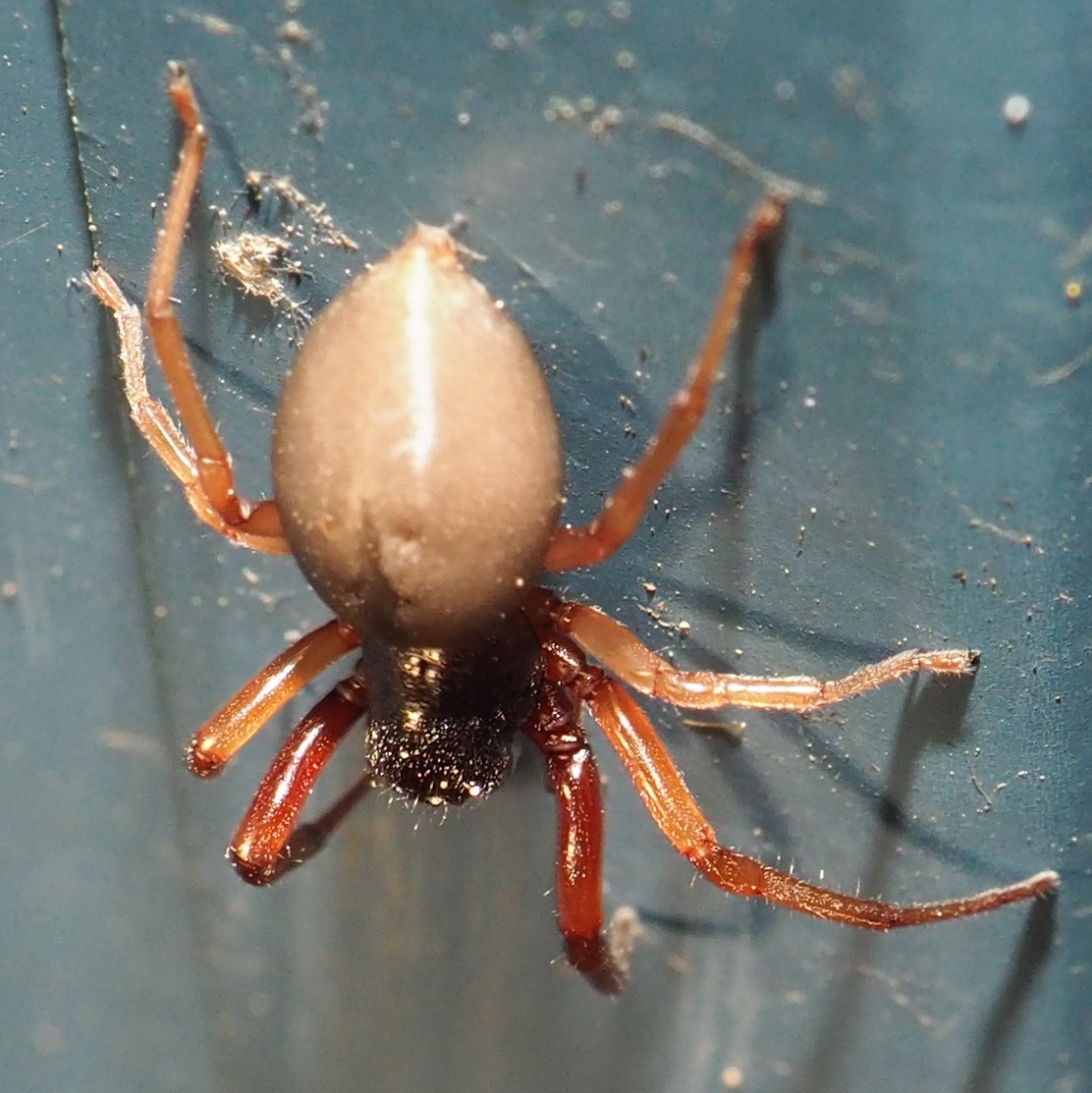
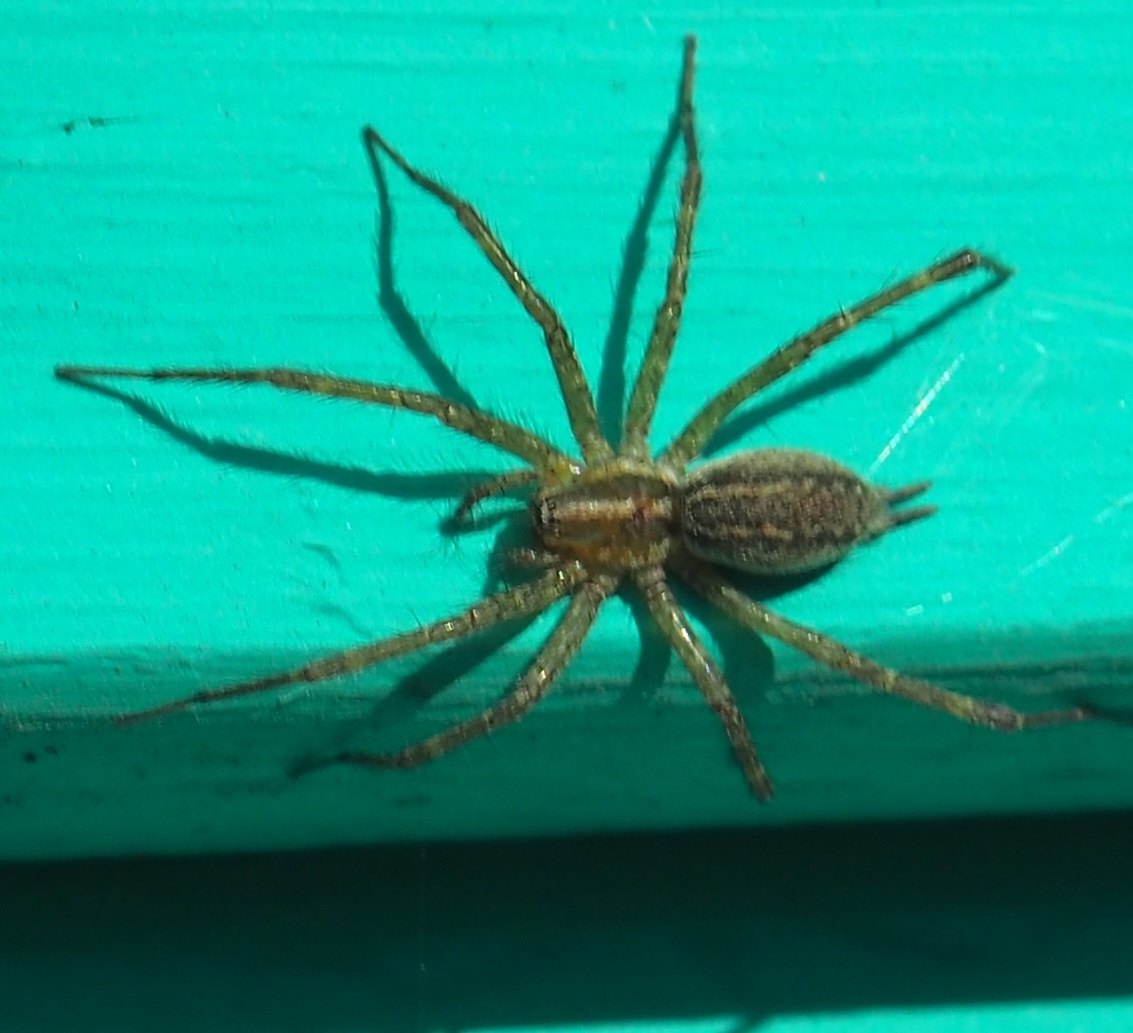
I couldn't believe it when this male Dimorphic Jumping Spider showed he was still around in the same place near the kitchen door. Next is a Garden Ghost Spider, spotted just after dusk. A guess - that this little spider is another of the Linyphiids. I'm still waiting to hear what the experts say.
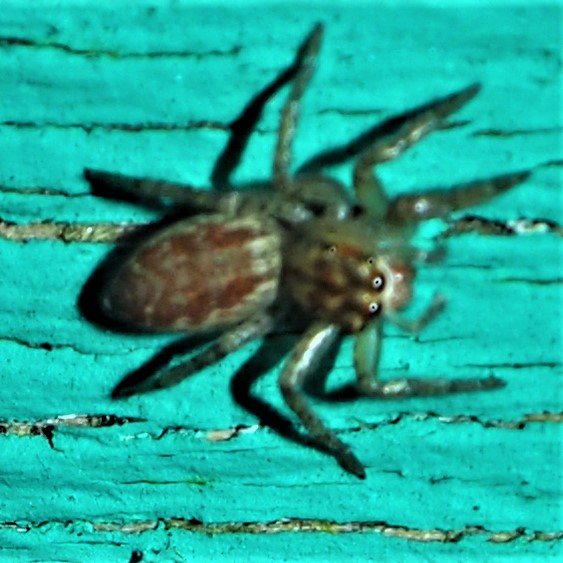
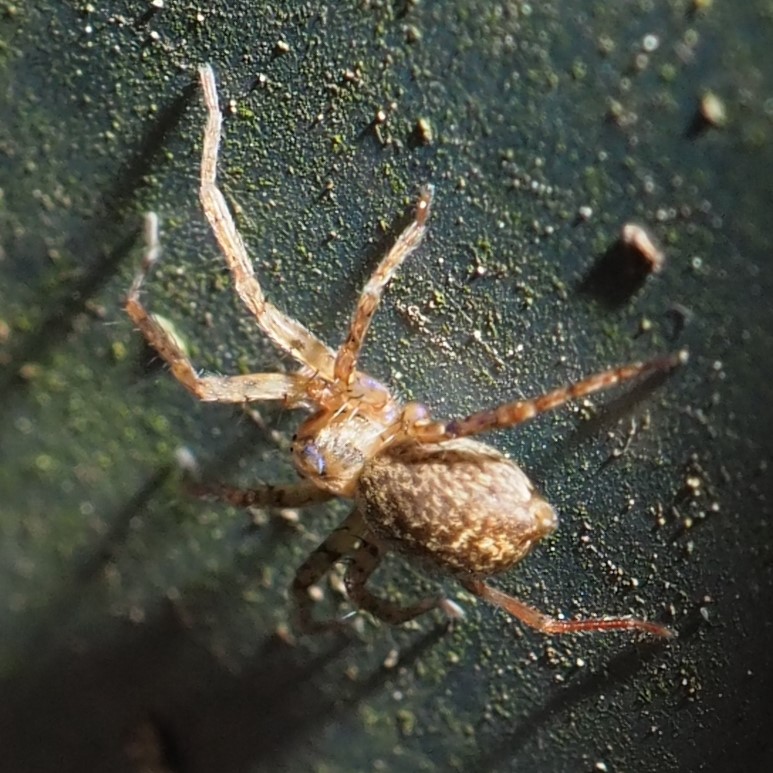
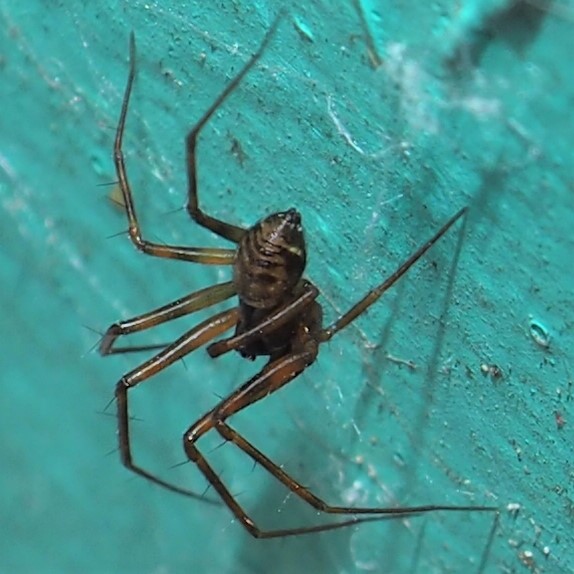
This first one has such long legs I suppose it is one of those long-jawed spiders despite the funny shape of the abdomen. But it's the first two pairs that seem to be the longest so I will strongly suppose this. What in the world is this second spider terrified of? Third I have no idea of!
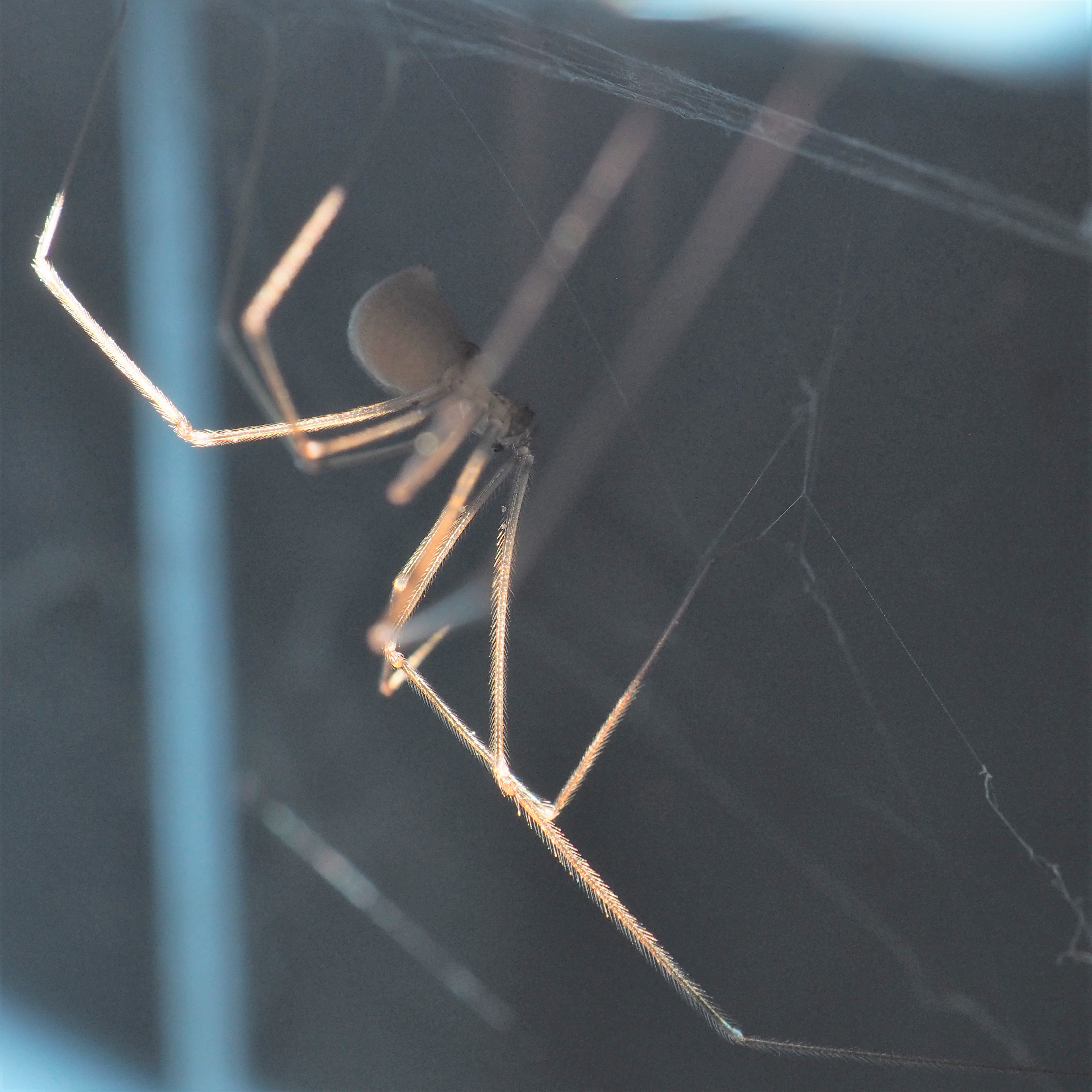
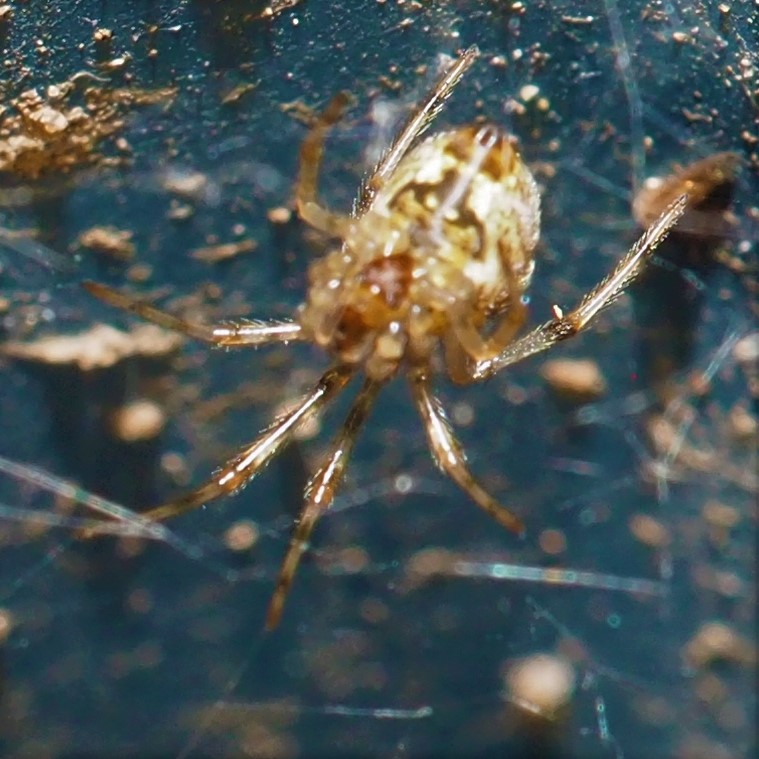
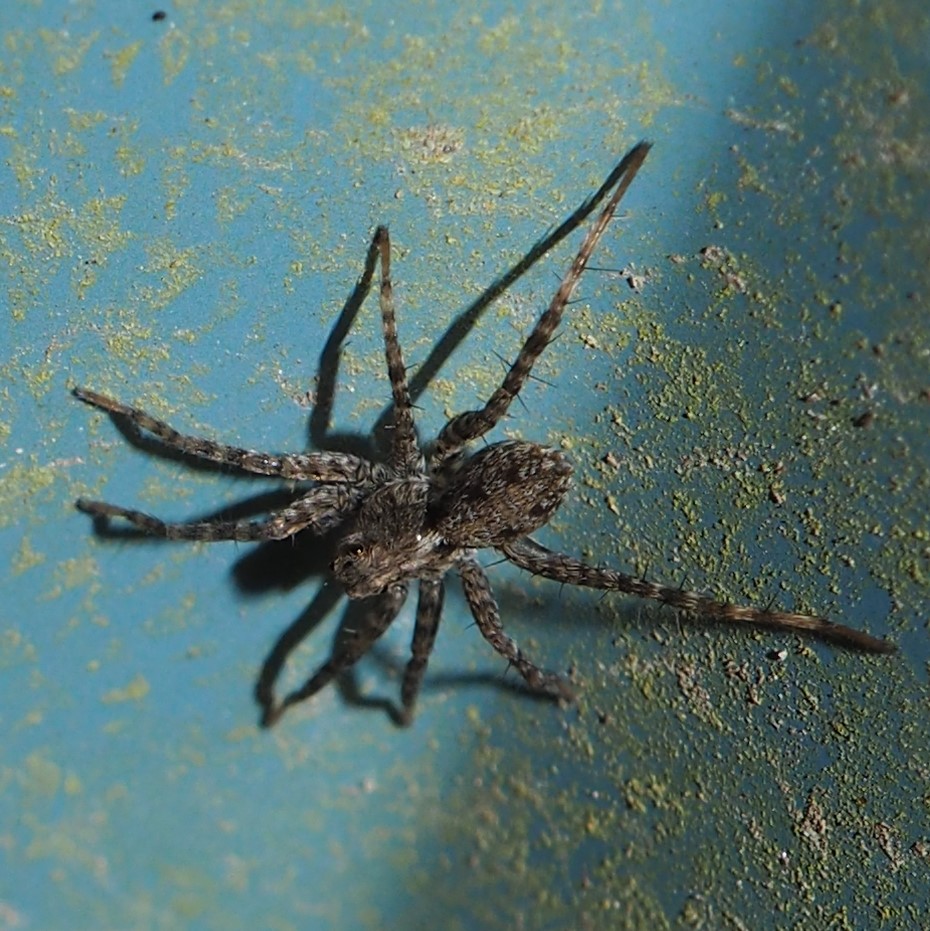
The big old Spotted Orbweaver was still there, I love the look of this big hearty-looking critter!
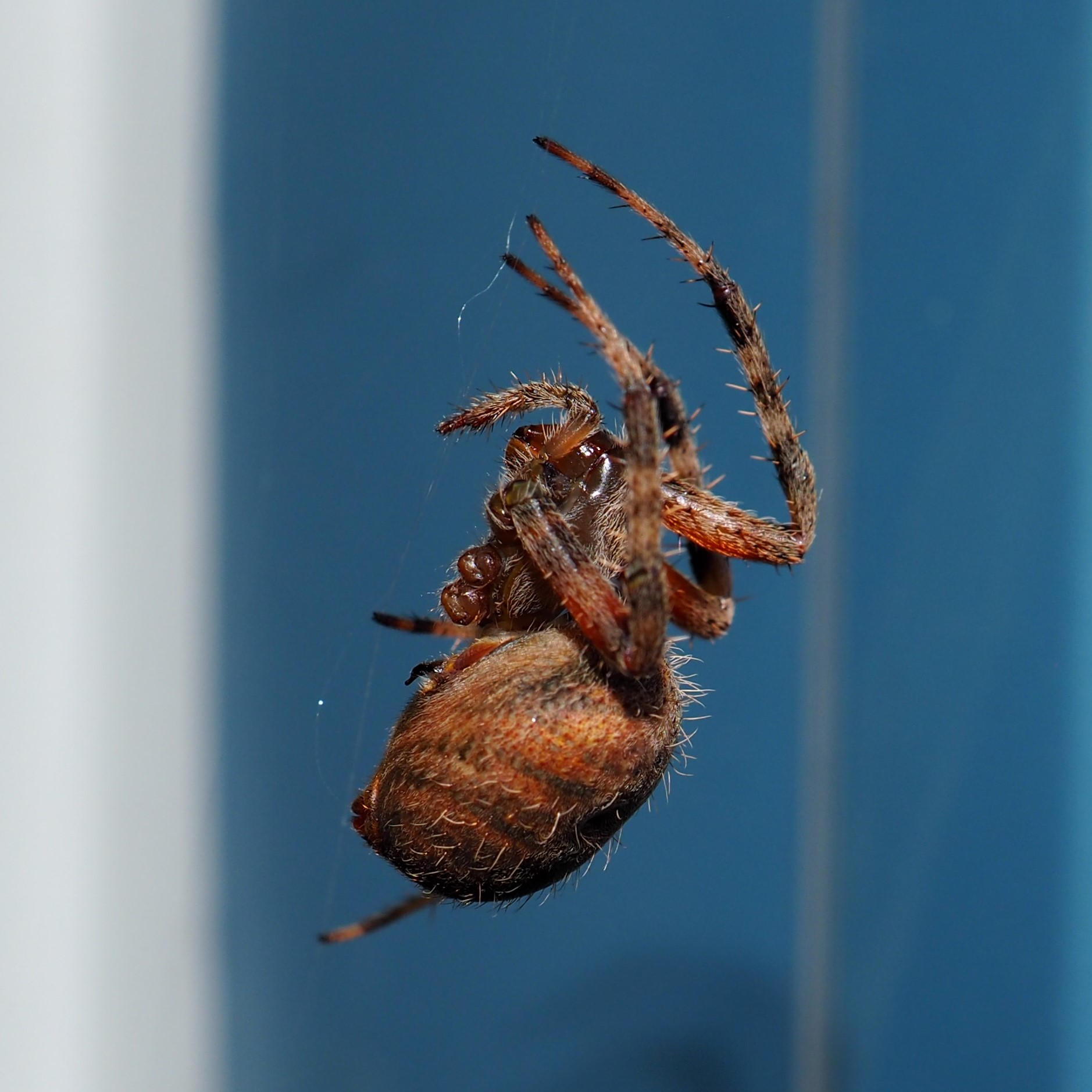
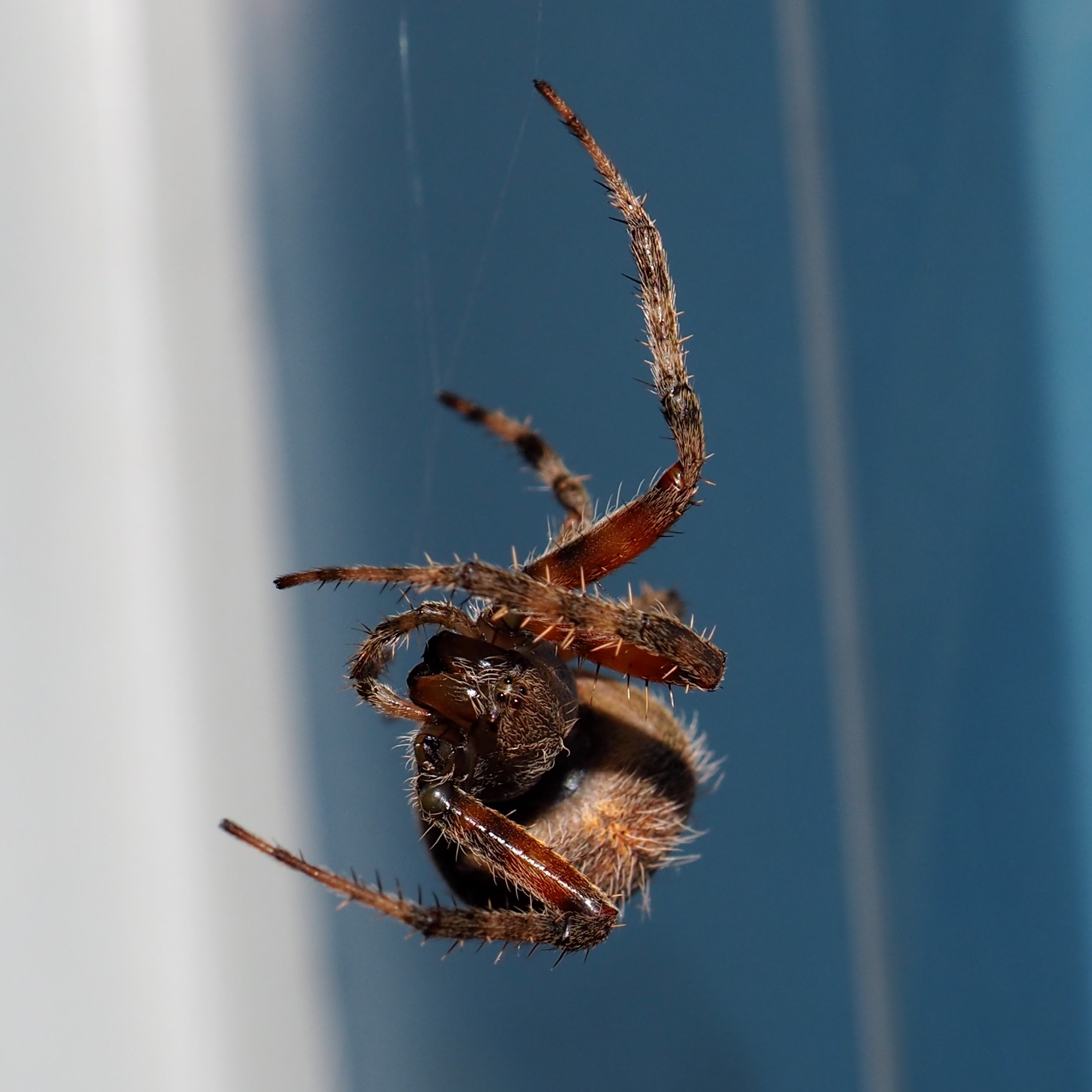
That's probably enough spiders for now, don't want to get sick on so much majesty! But we do still have a couple of wasps. I don't have an ID on any of these, but let's look at them. First is a skinny black wasp; second, one of those iridescent ones such as we were seeing in the spring. And third, oh my gosh, is a fly, isn't it?
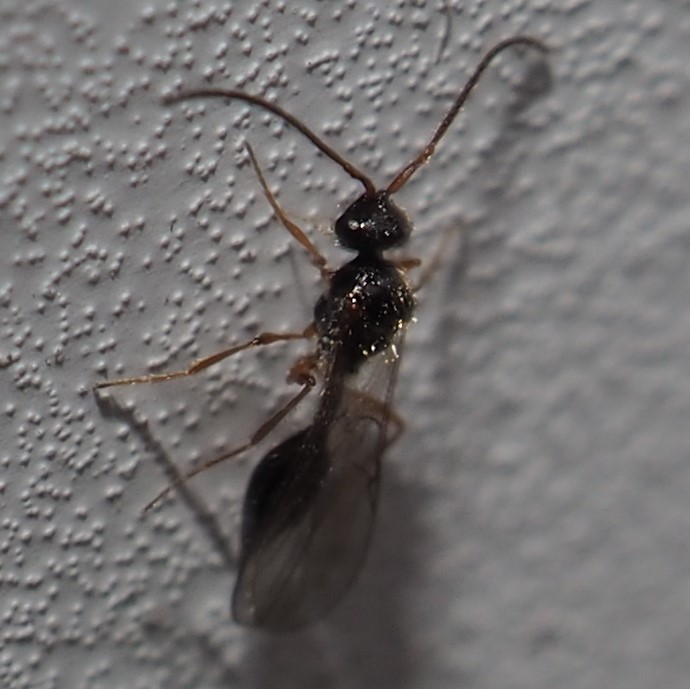
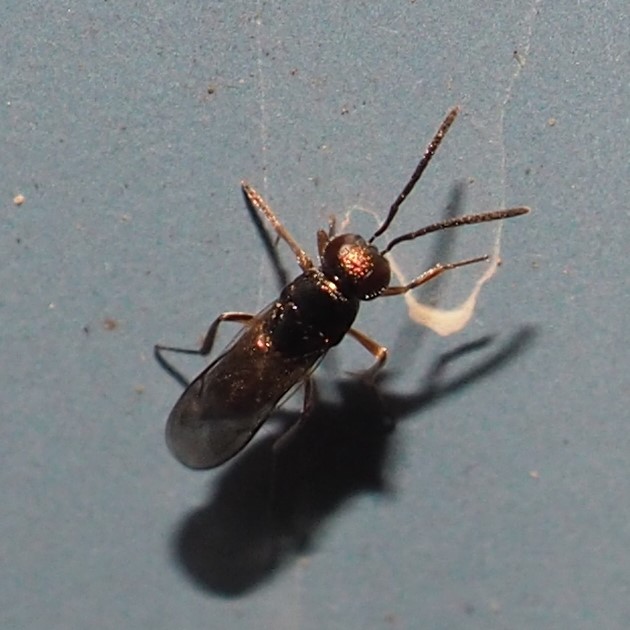
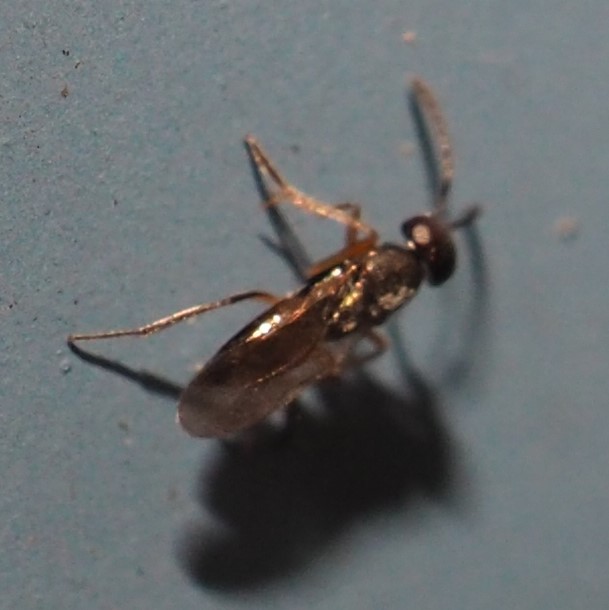
We have just a few shots with pretty flowers. Here is dear old Jadesy, suffering a bit from some stress due to my stubbornness about keeping her outside till November. (We didn't make it. She still flagged a bit.) The American Daisy is still kicking but not vigorously. Finally, a lovely image of SOMETHING happening. I am figuring this is two whiteflies mating. Whiteflies have been around for such a long time now.
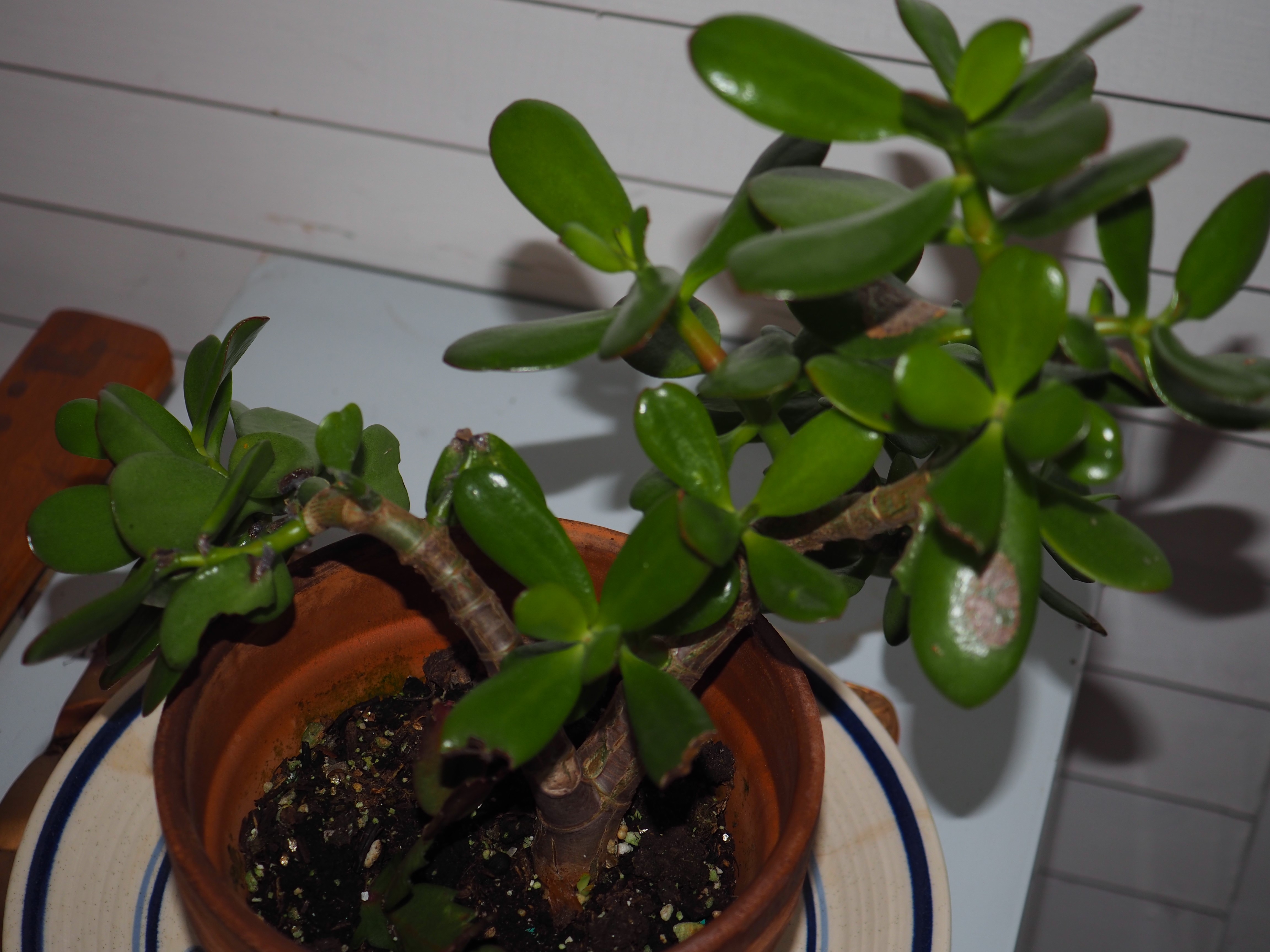

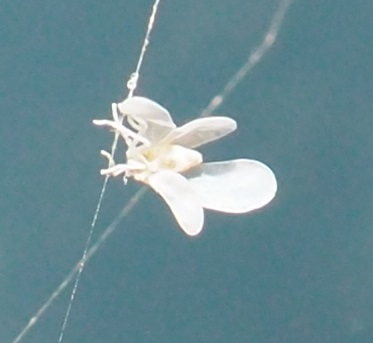
The critters are absenting themselves these days. Last week may have been the last week with a nearly full house. But things come and go - as soon as we get a surprise warm spell, we may see some real surprises. Please take care of yourselves and each other and see you in a week (or two).
Love, Martha
Back to October 28, 2018
Forward to November 11, 2018
Back to main menu
copyright Martha O'Kennon 2018























 10 31 18 1.jpg)







































